
Laser Cutting & Engraving Fabric and Textile
Laser cutting & engraving for cotton, felt, polyester and more!
Ⅰ. What types of fabrics are ideal for laser processing?
Fabrics (also known as textiles) are flexible materials, usually produced by weaving fibers together. The fibers can be natural, such as wool or cotton, or man-made, such as nylon or polyester. Almost all woven fabrics can be processed by laser cutting. Some fabrics, such as felt and wool, can also be processed by laser engraving and laser marking.
- Cotton

Cotton is a natural fabric, which means it is entirely derived from plant materials. Laser cutting machines process cotton by burning through the material. If the laser is too strong, the cutting edge of the cotton garment will turn brown or light yellow, just like the edge of a piece of paper is scorched.
You can use a laser cutter to make complex cuts on cotton. However, the laser will not finish the edge. Like any other cut edges on cotton fabrics, laser cut edges may fray. It is a good idea to check for any exposed or unfinished cutting edges with a fray check.
- Silk

Silk is a natural fiber that is more delicate than cotton. It is also an organic material, but much thinner than cotton. You can easily cut silk with a laser. Like cotton, it will not finish the edges, so you need to pay attention to fraying.
Although you can easily make complex designs on silk, the thinness of the fabric means that more complex designs are easier to tear than thicker materials. When you use a laser cutter to cut silk, use a lower setting and avoid small shapes.
- Felt
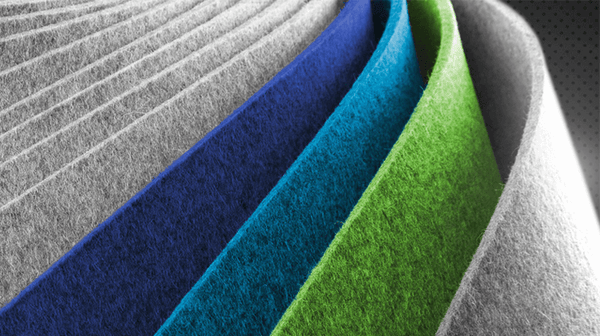
Felt is a very suitable fabric for laser cutting because it is a thicker material and can be cut well. There are synthetic felts and natural felts (made from animal fibers such as wool). Either version can be used with a laser cutting machine. The heat of the laser cutter will gently melt the edges of the cut in the synthetic felt. This melting can seal the cut and prevent future wear. The felt cut will stay fresh for the life of the garment. First of all, natural fiber mats are a low-wear fabric, so they are also suitable for laser cutting. The cutting edge does not require as many modifications as cotton or silk cutting.
Because it is too thick, the felt is usually difficult to cut accurately with scissors or a rotating blade. Laser cutting machines solve this problem and open up new possibilities for using felt in your projects.
- Polyester
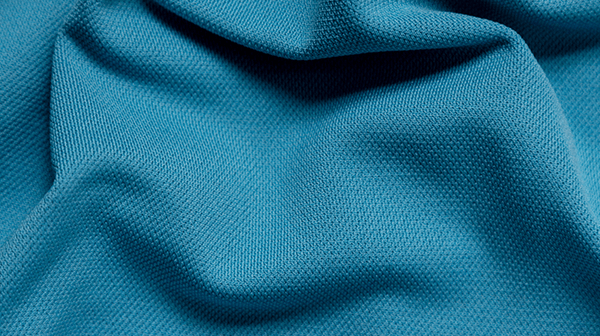
Polyester is an artificial fabric that can be used in conjunction with a laser cutting machine.
It is strong and has a thickness similar to cotton, but unlike cotton, the cutting edges will not fray.
The laser beam will melt the cut edge and mark it.
In conclusion, You can use a laser cutting machine to cut almost all types of fabrics. Regardless of the fiber type, the laser can give you the same degree of control over cutting and design. However, the type of material you cut will affect the condition of the cut edges and what other steps you need to take in the project.
Artificial fabrics, such as polyester or wool, melt when lightly struck by a laser, forming a darker shade of the current color. When cutting, the edges will melt together to prevent the fabric from fraying. Natural fabrics, such as cotton, will turn light brown or white when lightly irradiated with a laser. Since these fabrics will not melt, the edges will still fray when cut. Very thin fabrics, such as silk or chiffon, are not suitable for carving, but they are well cut.
Remember-any PVC (made of vinyl) cannot be used with a laser because it generates hydrochloric acid gas when cutting or engraving. This will corrode the inside of the laser and your lungs, so don't do this!
Ⅱ. Tips and tricks for laser cutting textiles and fabrics
Using a laser cutter on the fabric requires more preparation than cutting a template or design with a blade. The trade-off is the speed and accuracy of the cut. In order to get the best cut every time, make sure to test fabric samples first and keep the fabric as flat as possible.
Follow the steps below to perform clean laser cutting every time.
- Check the fiber content of the material:
The first step is the most important. Checking your fiber content will help you avoid PVC and set it up correctly. Fiber content will also affect your design. You can make more complex patterns on synthetic fibers, so knowing your fiber content from the beginning will help you make the best cutting choices.
- Make sure the fabric is flat:
After choosing the fabric and understanding the fiber content, you need to decide where to put the design. For the finished garment, it may be helpful to mark its location when designing it on the body or garment, so you can imagine how the design will hang. When you cut or sculpt fabric that has not yet been sewn into the project, you have more leeway. Either way, make sure to lay the fabric as flat as possible on the cutting surface. If the material is wrinkled or dirty, wash and iron it first.
- Test your parameter settings:
Before cutting the project, test your settings on scrap pieces of the same material. The test run will prevent you from accidentally destroying the entire project. It will also let you know how to fix your project structure to the machine. Most CO2 laser cutting machines use compressed air to cool the cutting edges. If you do not secure the fabric properly, the force of this air will blow your fabric and cause errors. Tape or strong magnets work well. When you run the test structure, you can test which is better.
- Import your design:
When you are satisfied with the settings, you can follow the instructions of the machine to import the cutting design you want. Whether it is making lace patterns, cutting garments or making personalized engravings, please make sure that your cutting files are compatible with your machine. You may want to make a second trial cut of the design to make sure it works the way you expect before putting it in the project fabric.
- Fix your project:
When your setup and design are ready, you are ready too! Place your project or project fabric on the cutting surface and fix it, then let the machine handle the rest.
Ⅲ. Typical applications of laser processing of fabric
Laser fabric cutting is an exciting new technology that can beautify your textile project and enhance your fashion. Whether you are investing in your own machine or working with a commercial cutting machine, laser cutting is a great way to make complex cutting simple and efficient.
- Fashion and clothing
- Digital engraving-clothing( Sportswear, twill, banners, flags)
- Plush toys
- Household items: Curtains, sofas, pillow
- Floor coverings: Carpets and mats
- Large objects: Parachutes, tents, sails, aviation carpets
Have you ever used a laser cutter? Tell us your favorite laser cutting technology in the comments below!


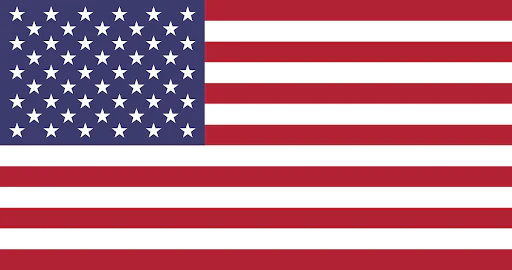

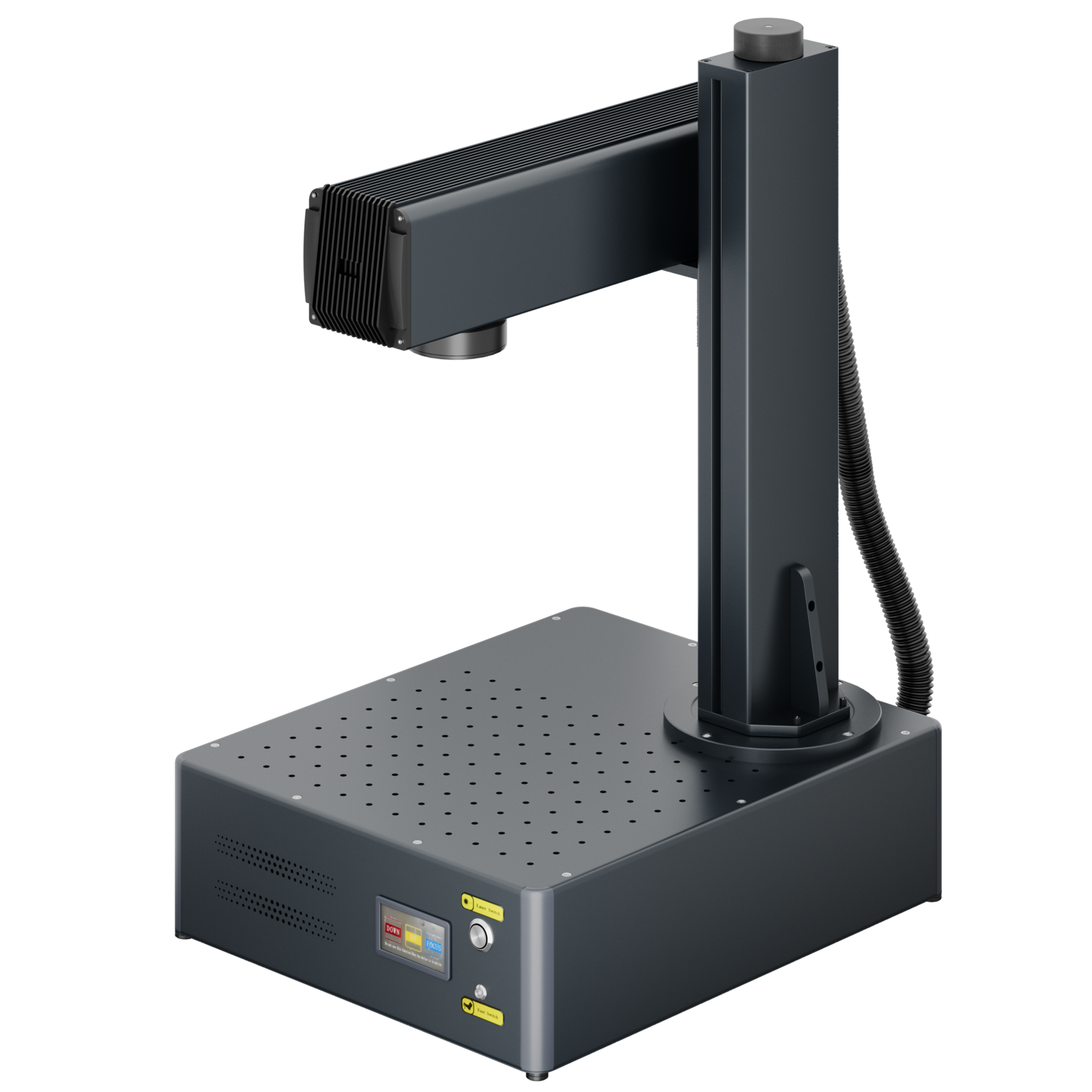
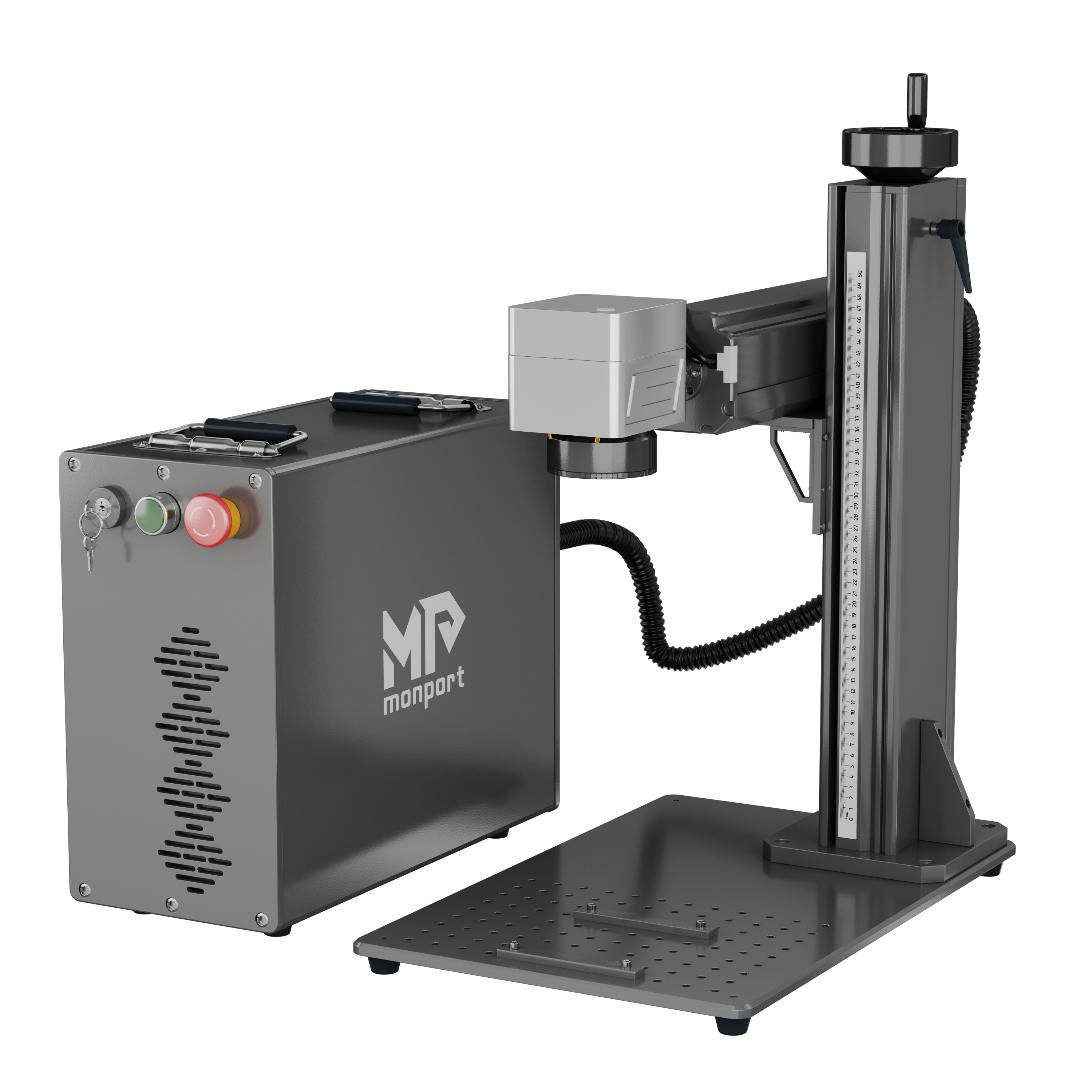

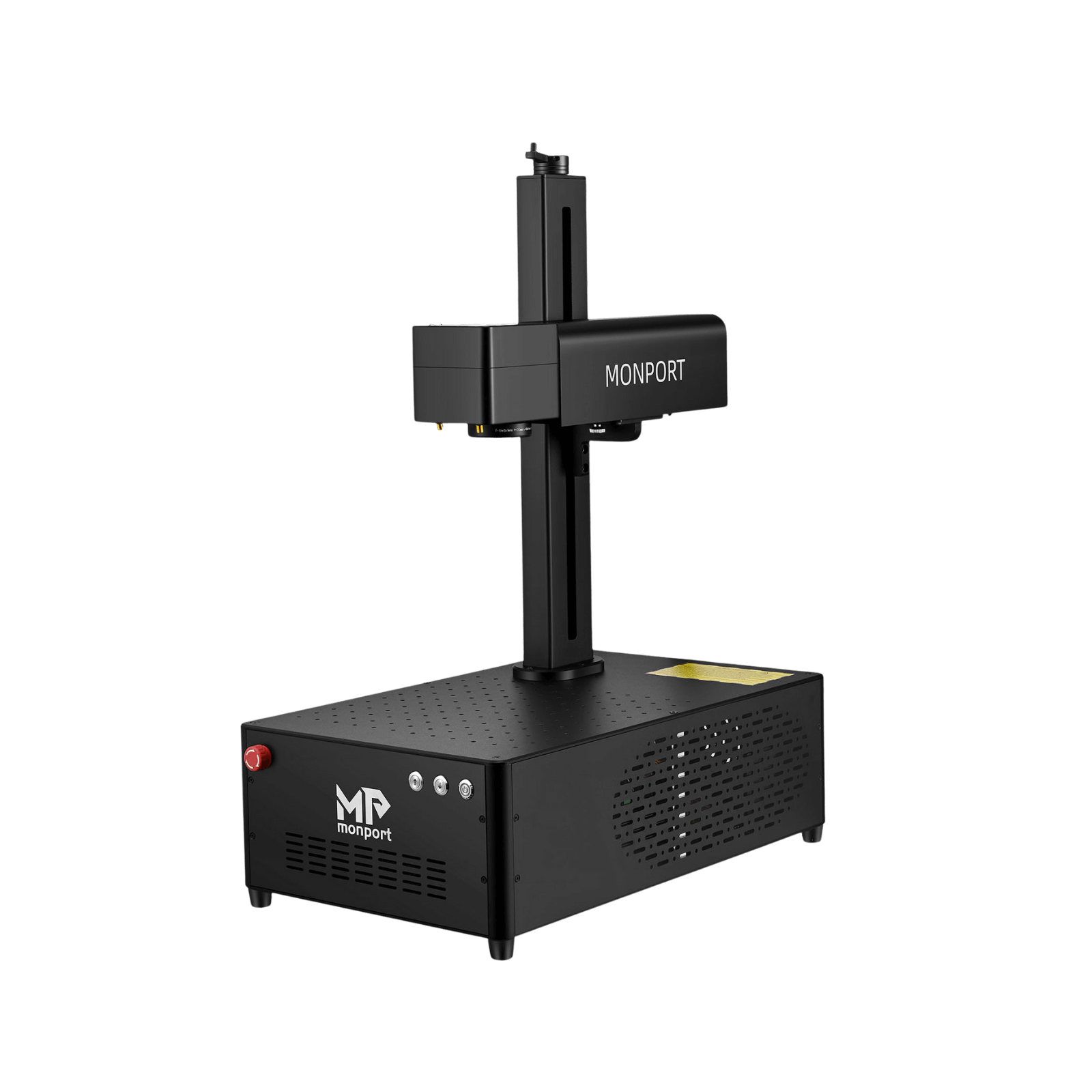
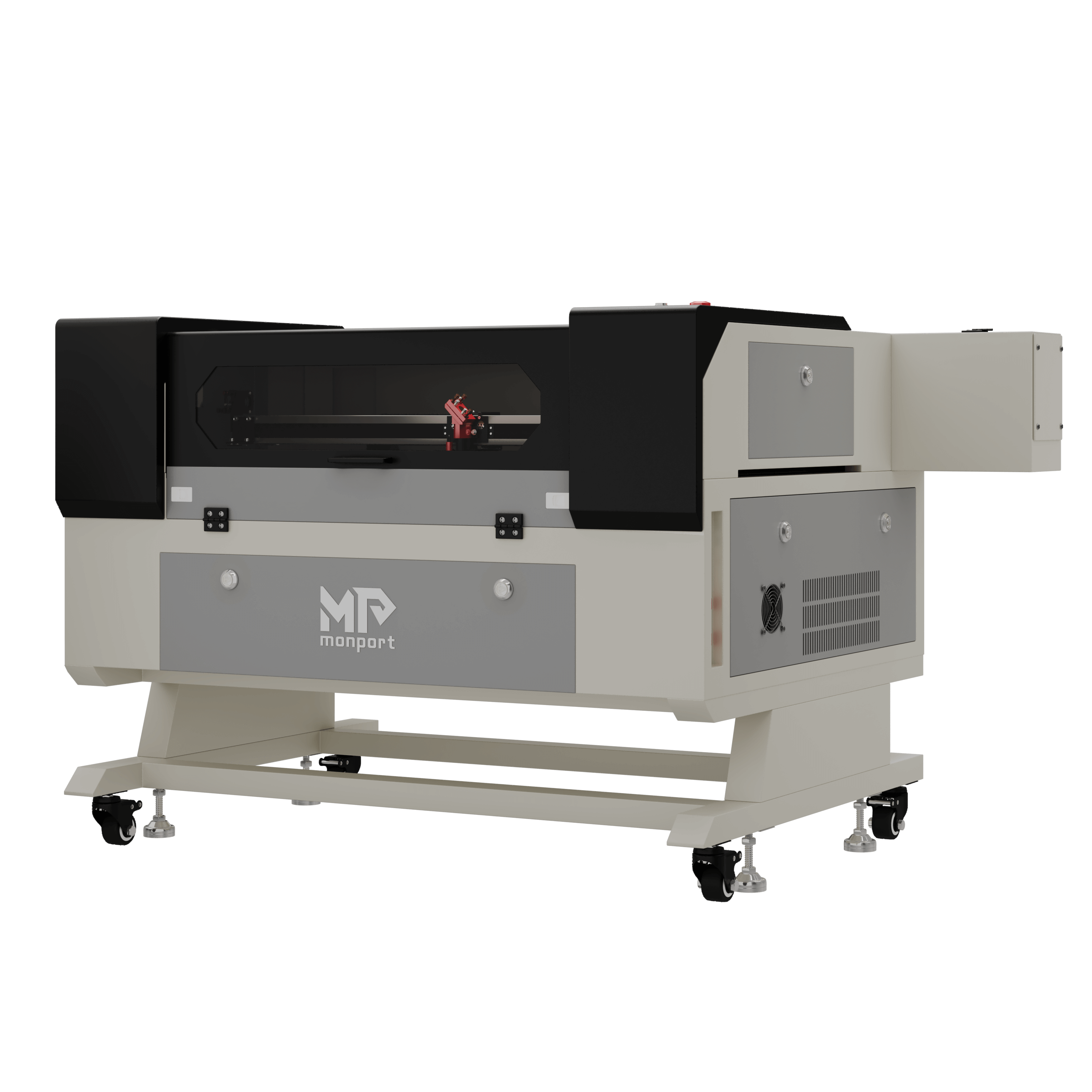
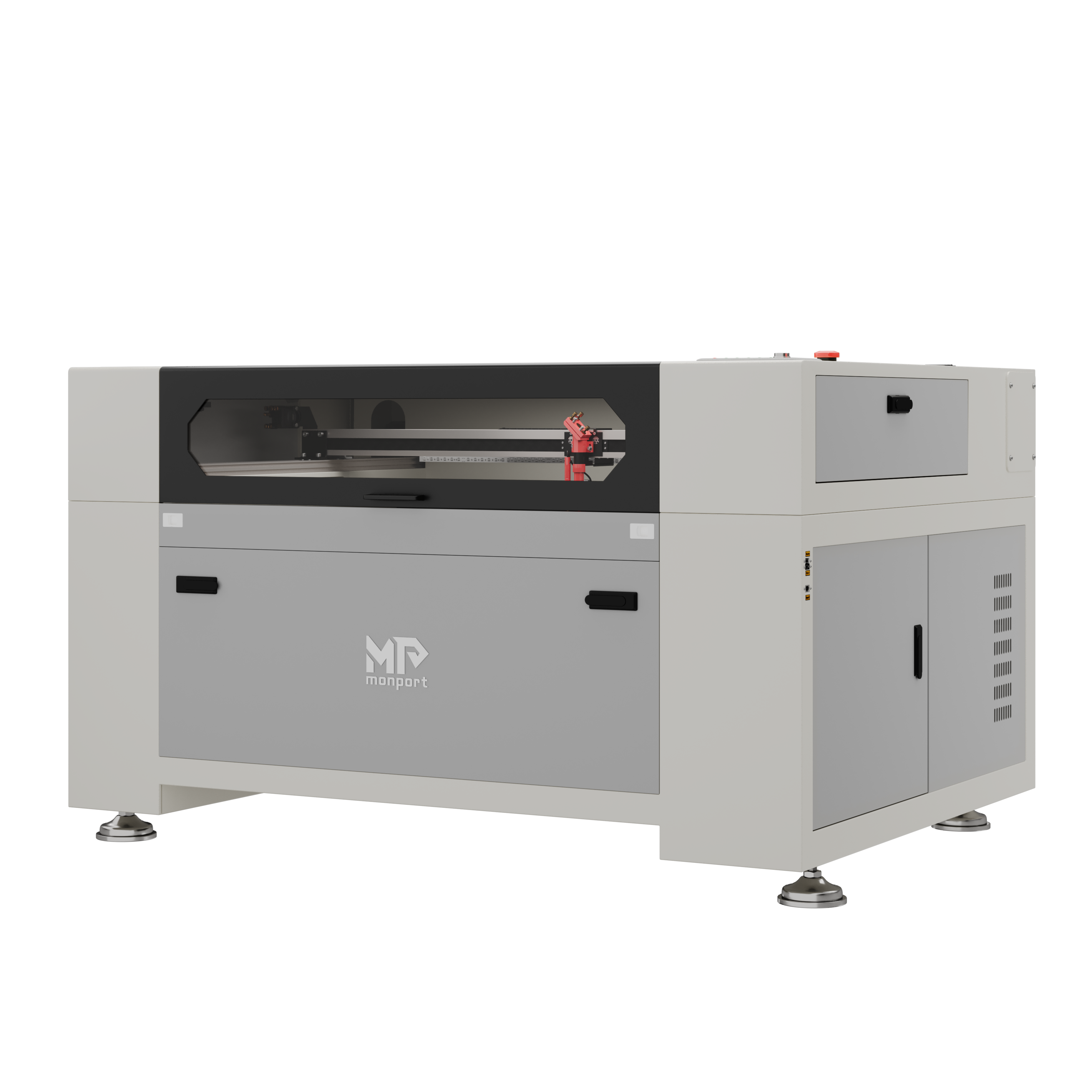
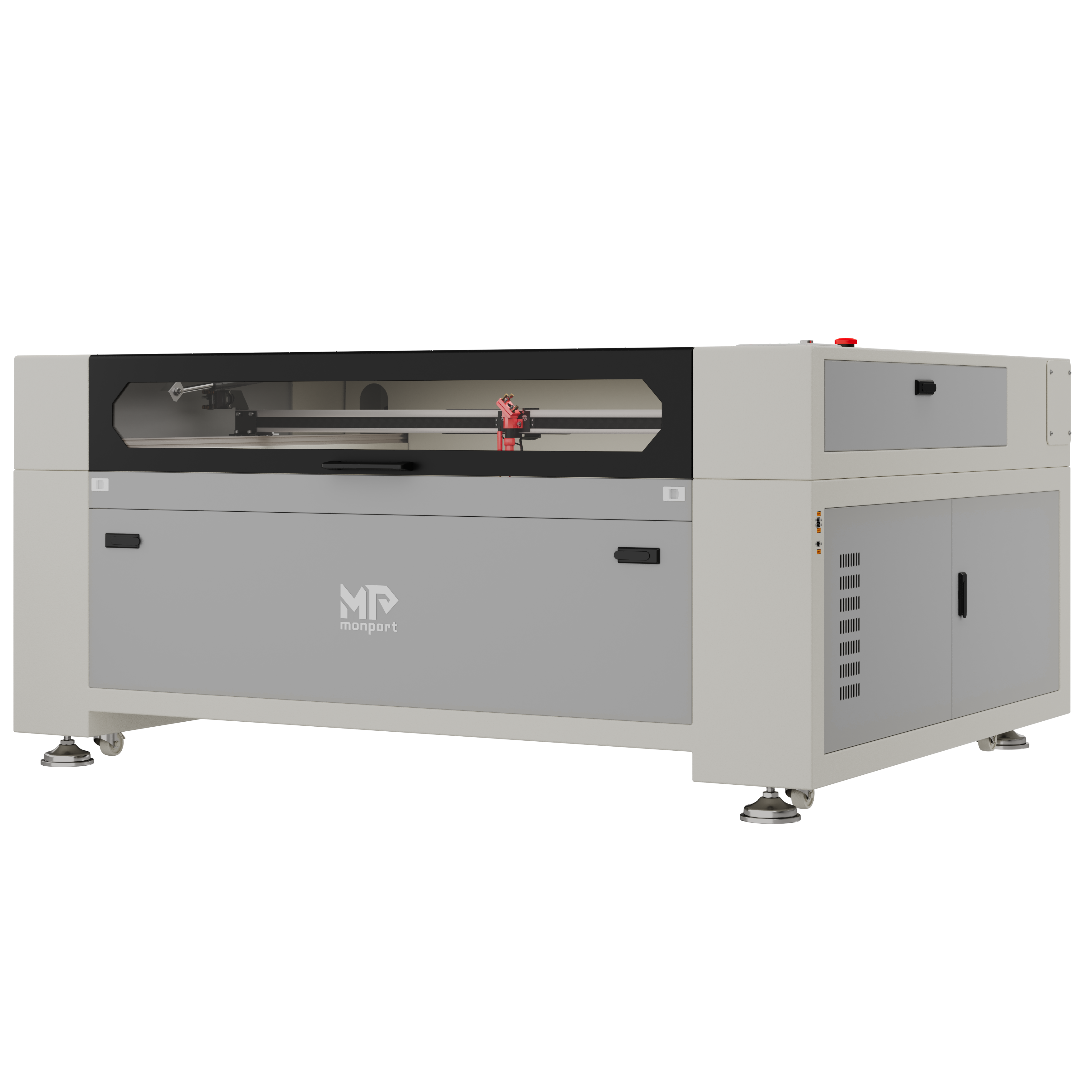
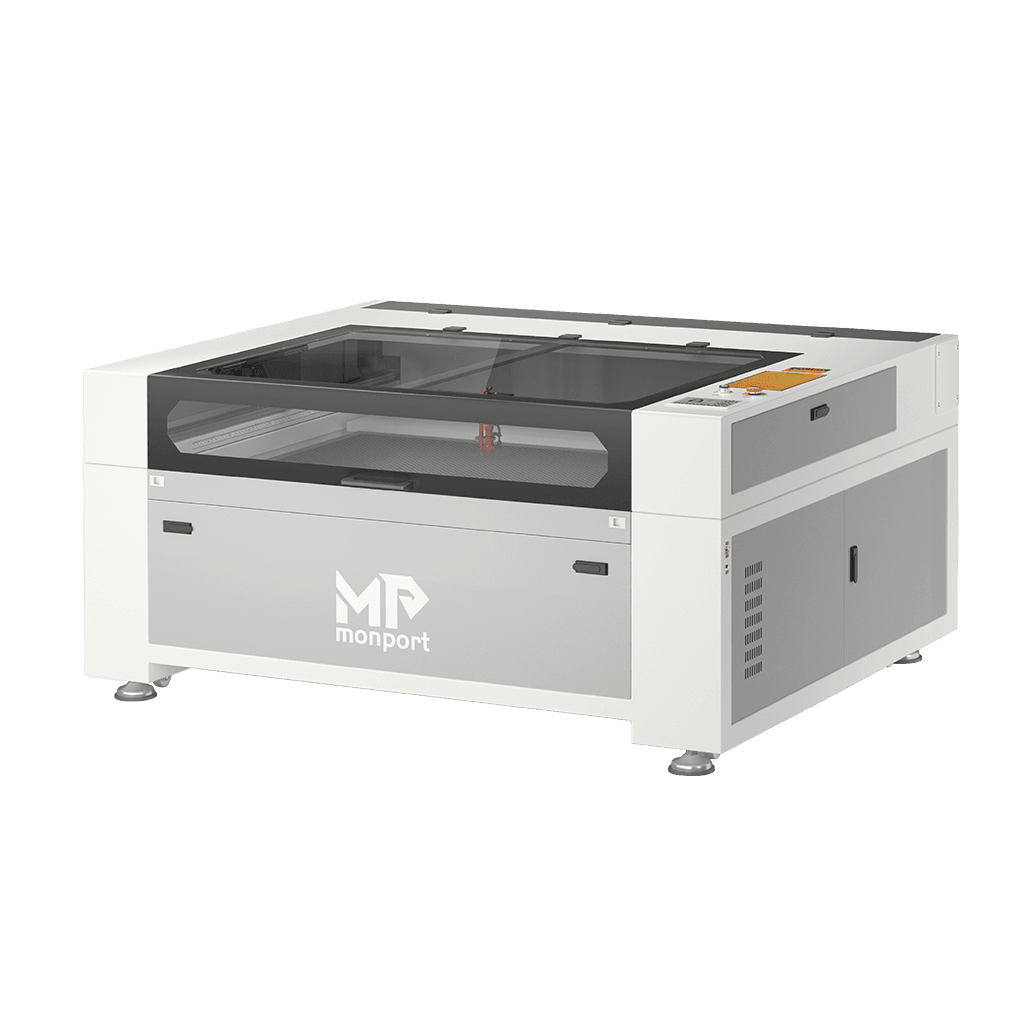
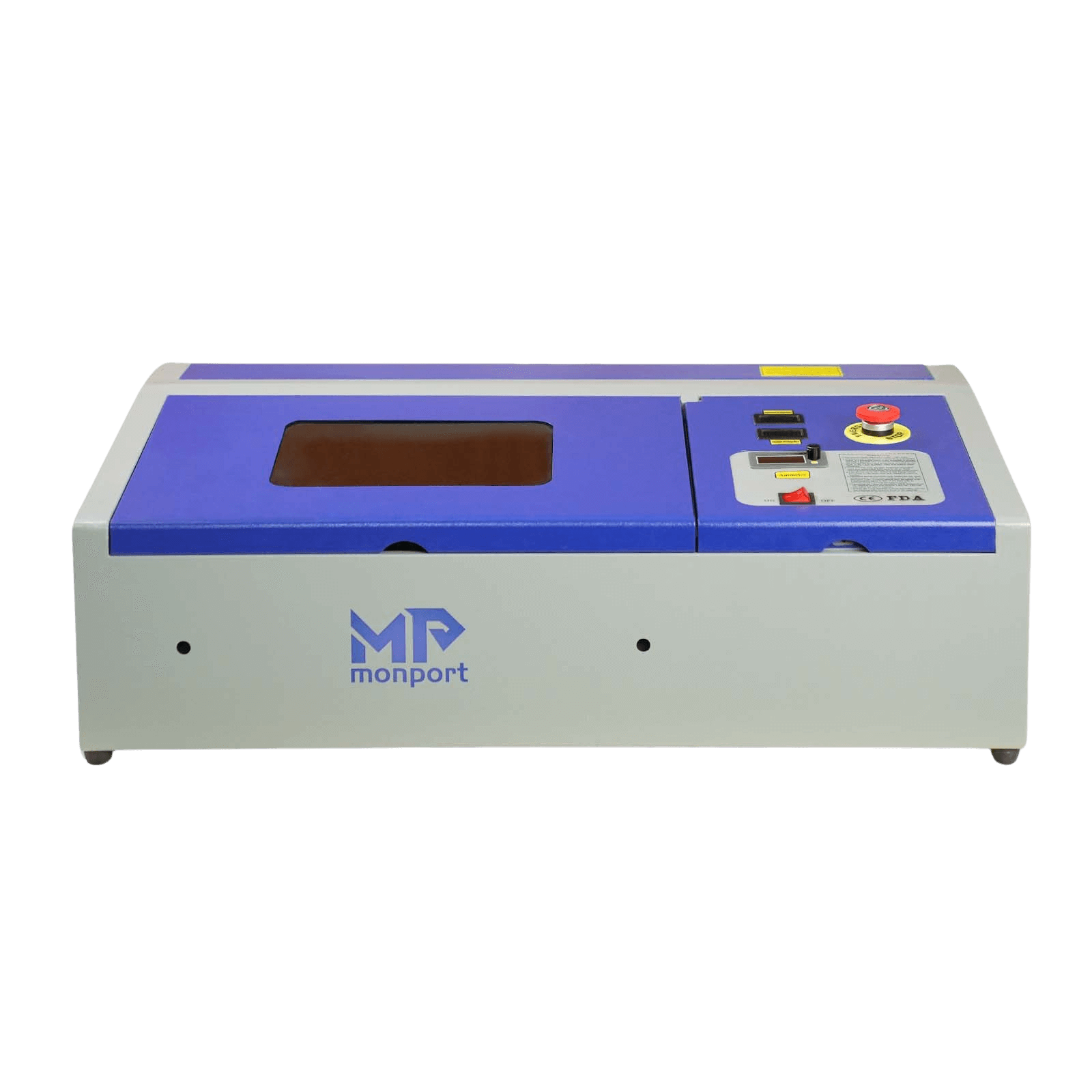
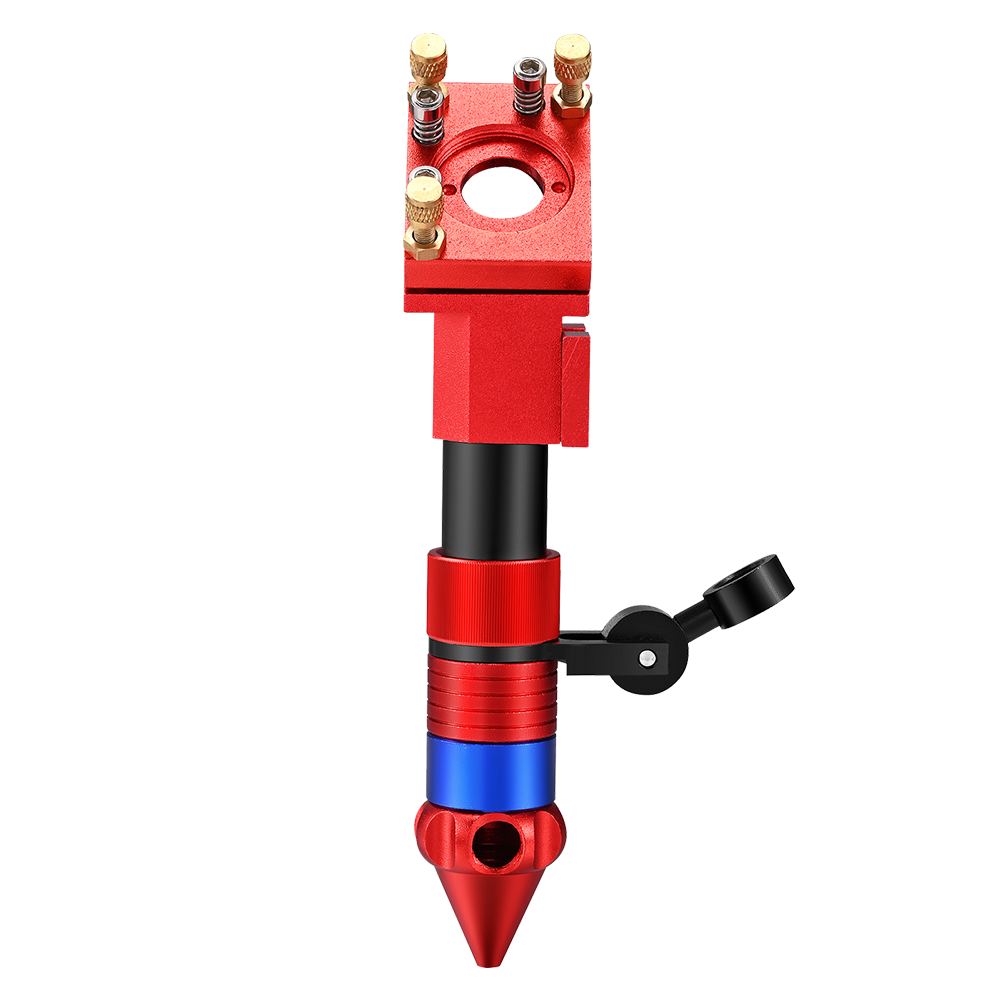
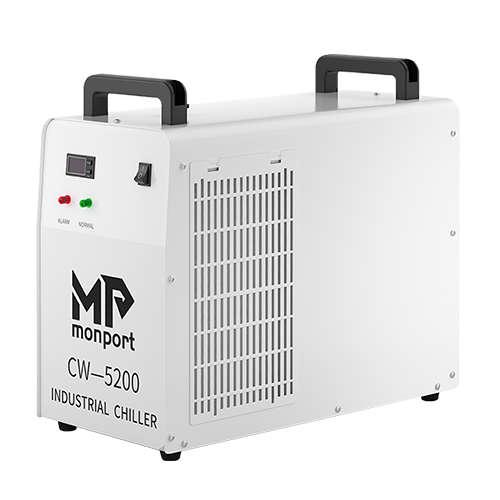
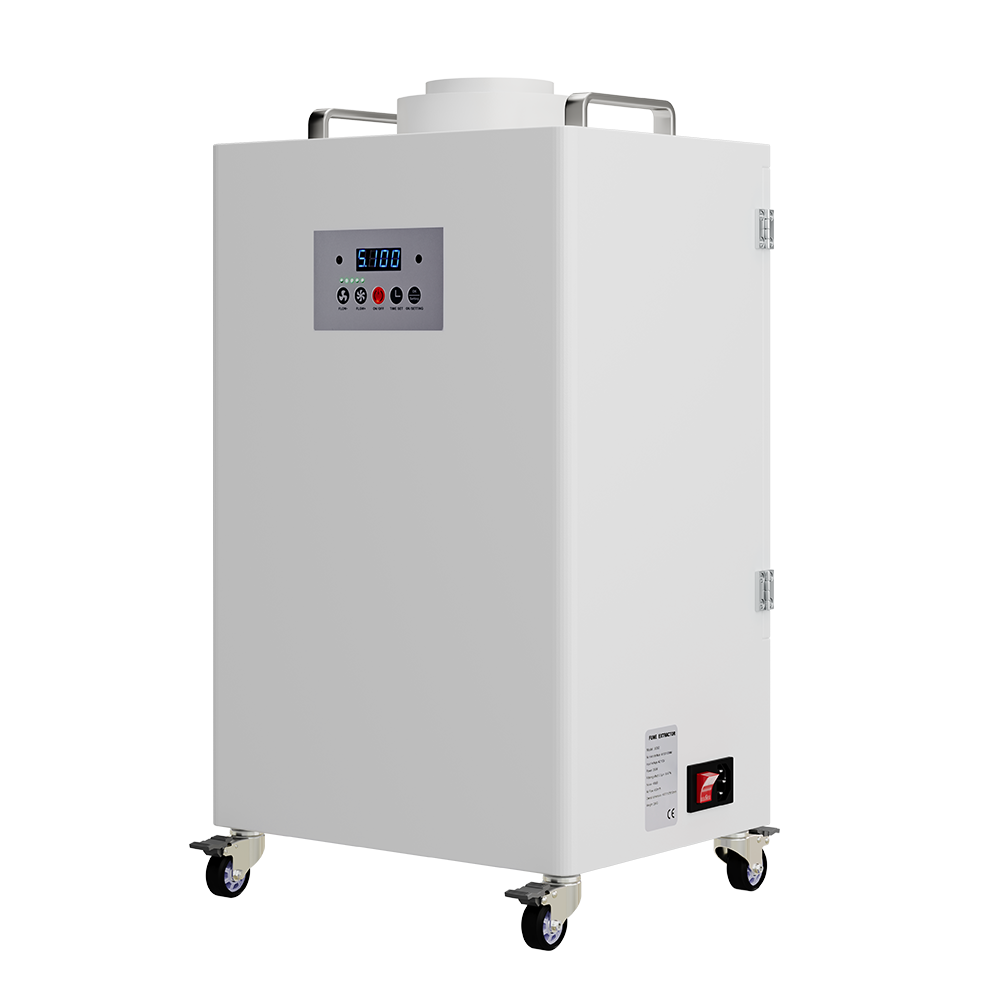

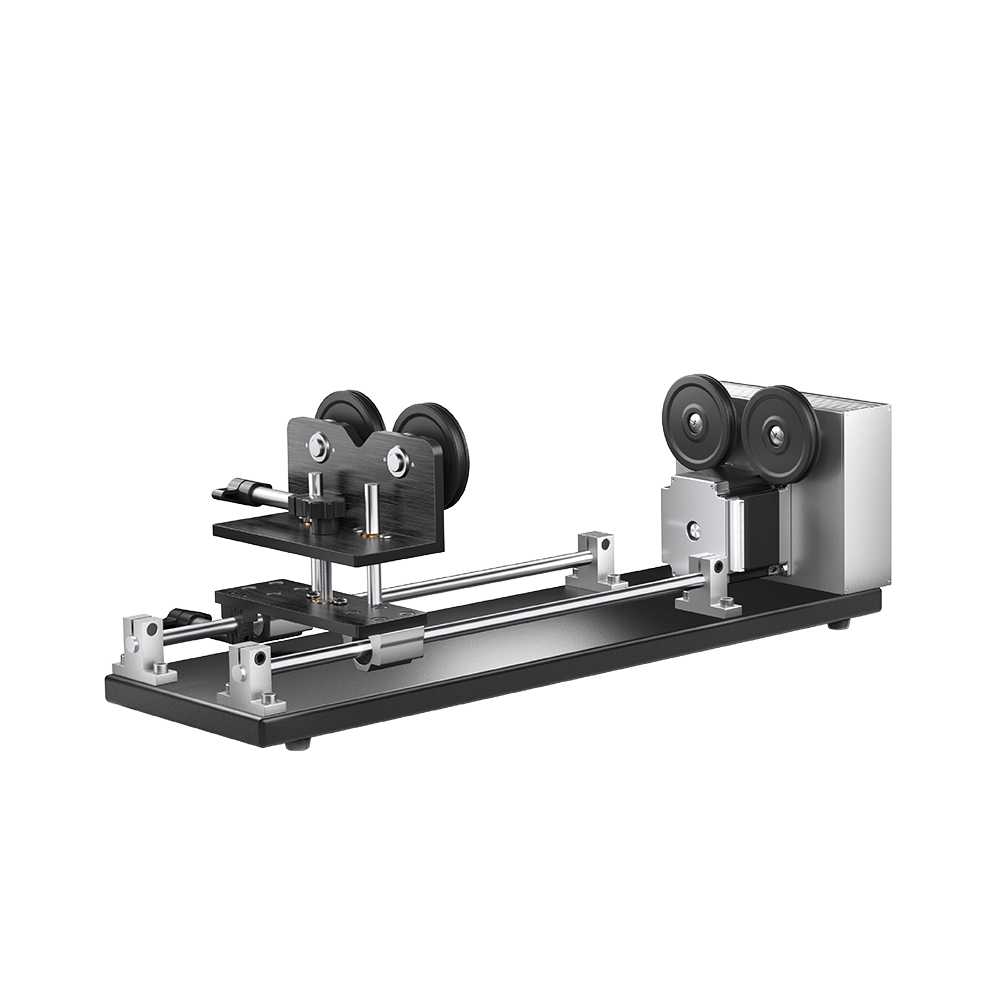

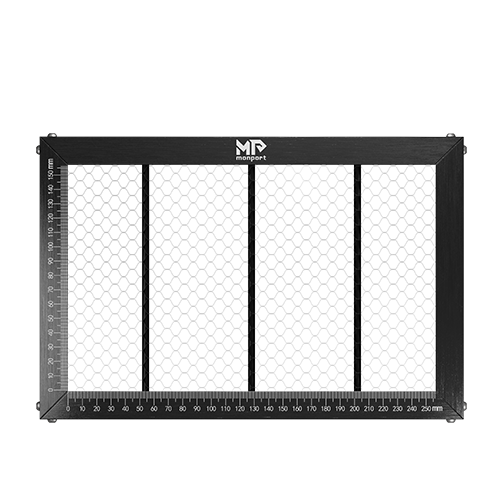
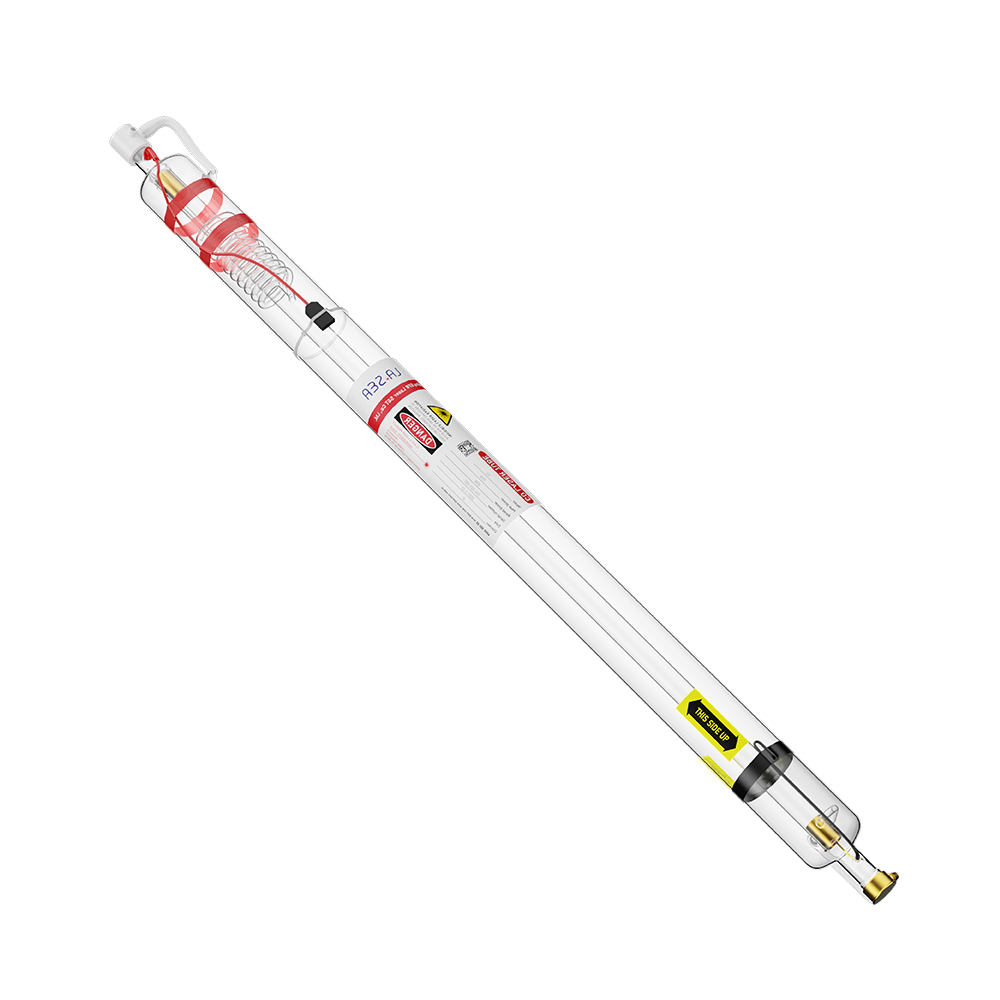
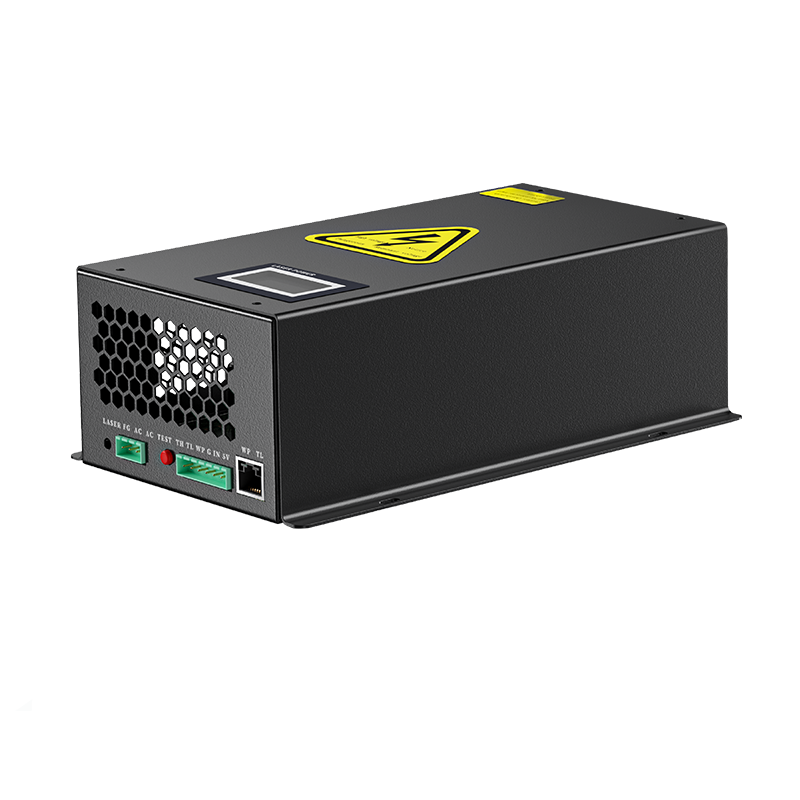
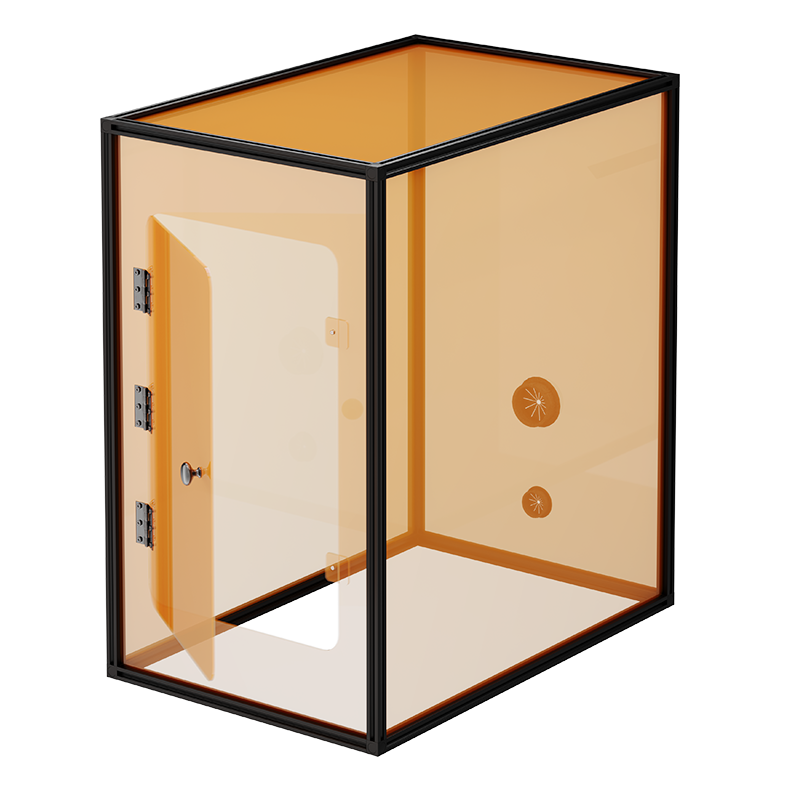
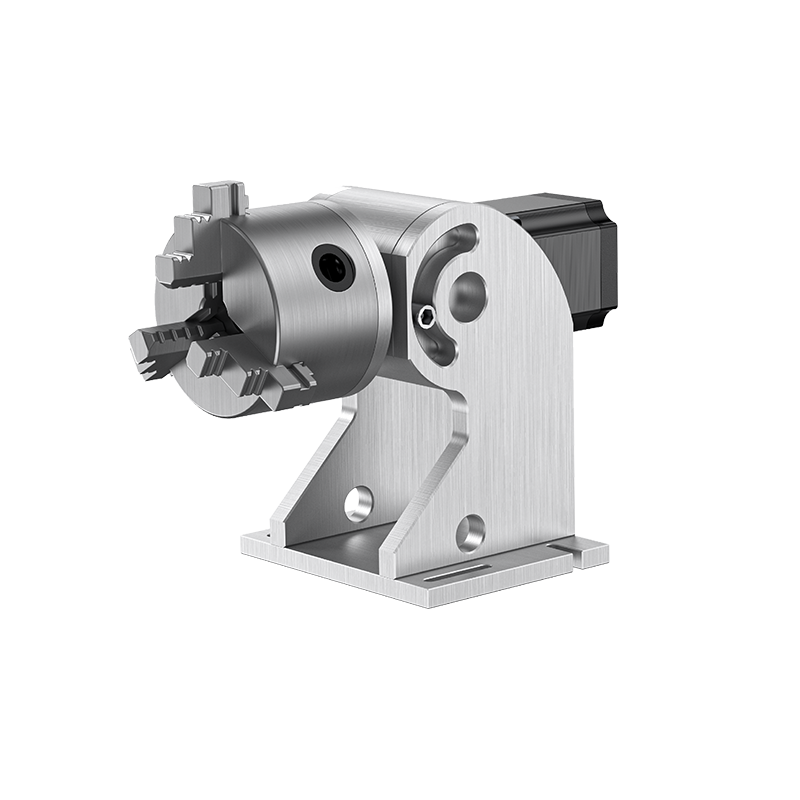

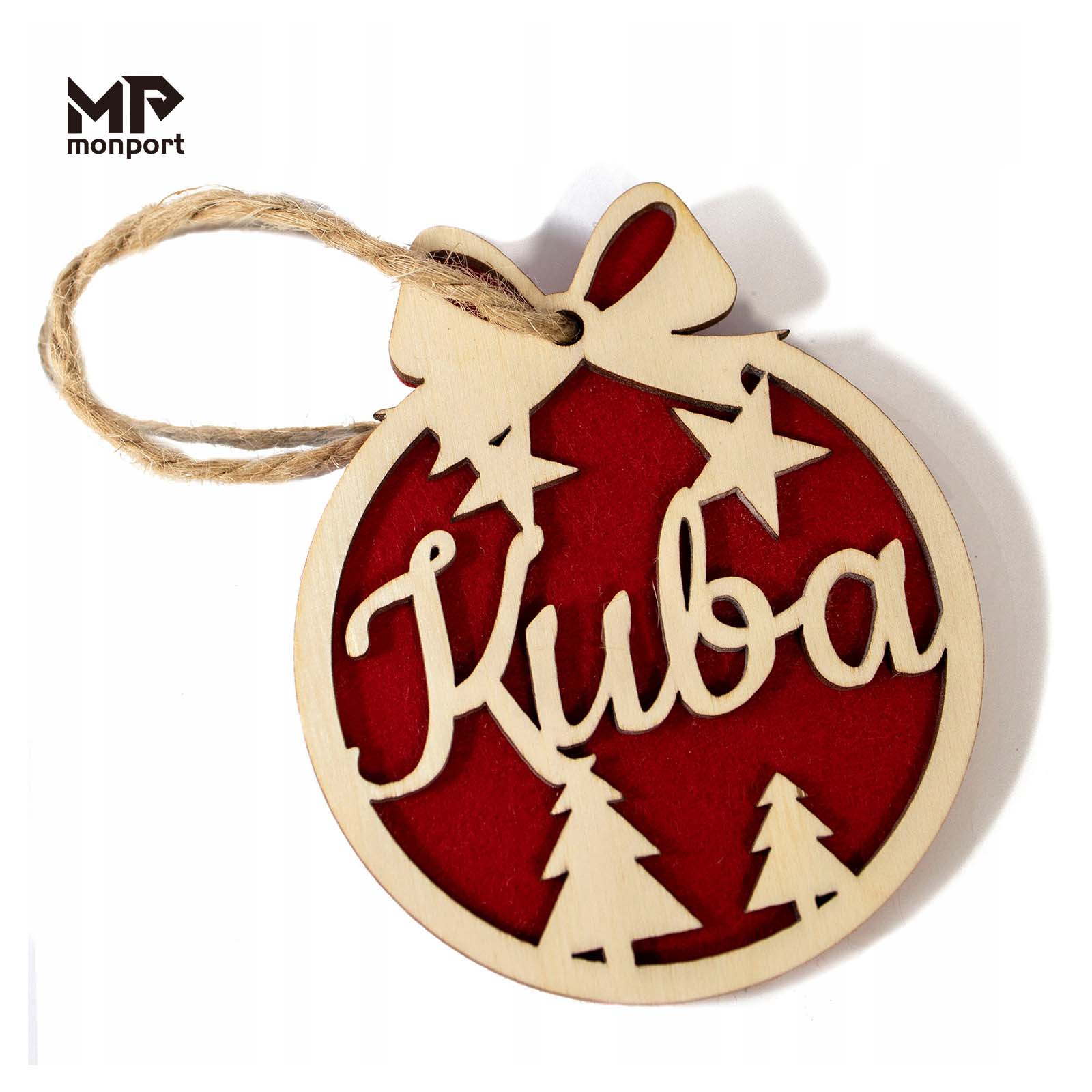
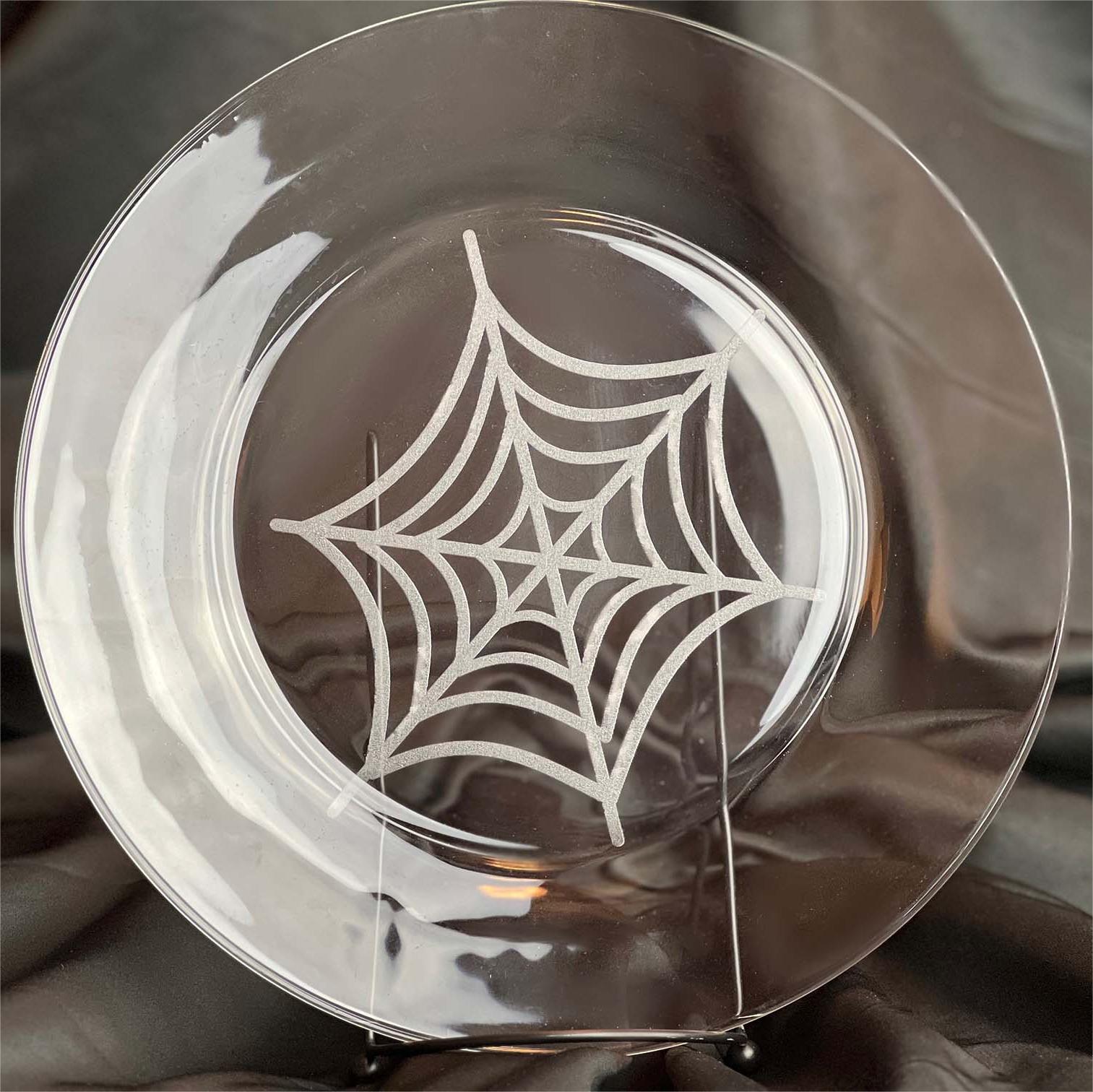
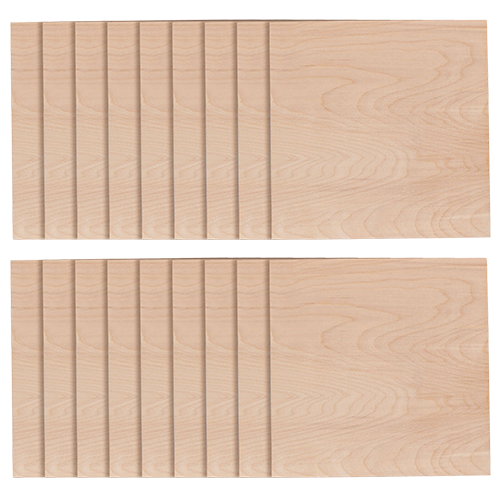
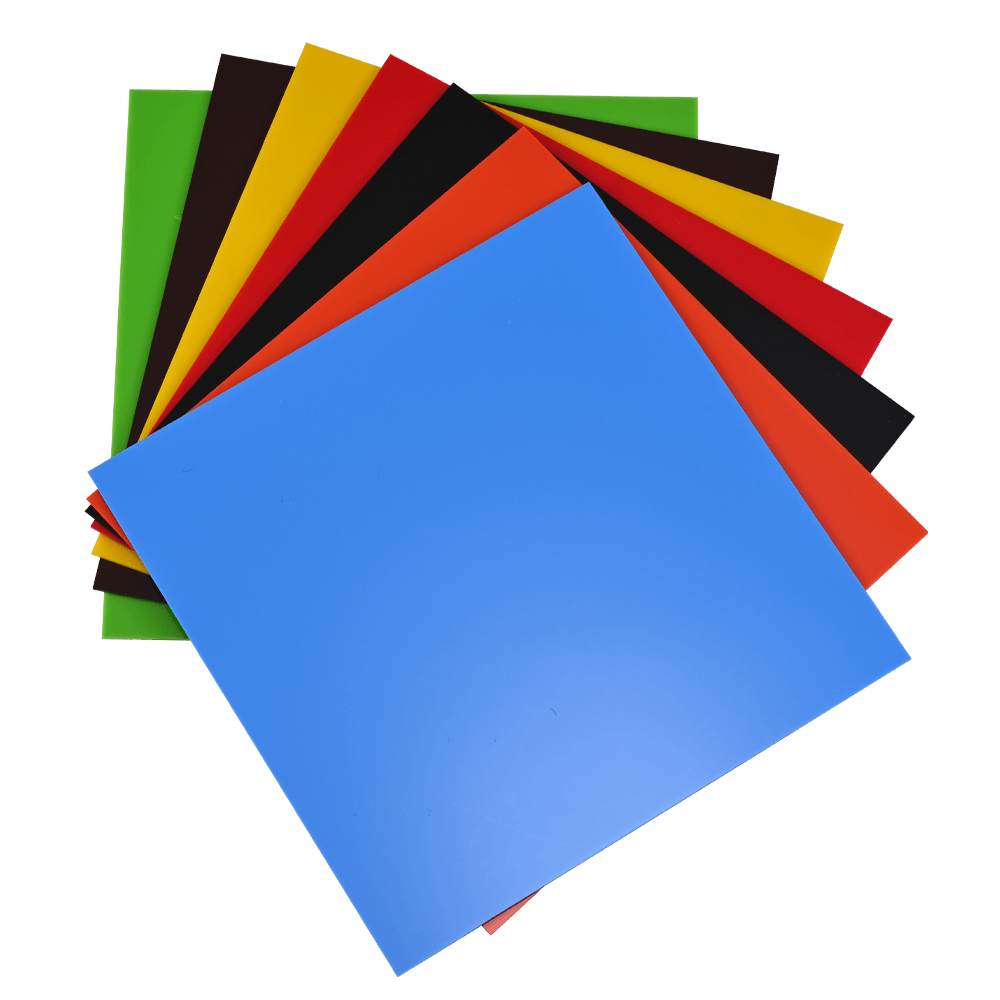

Leave a comment